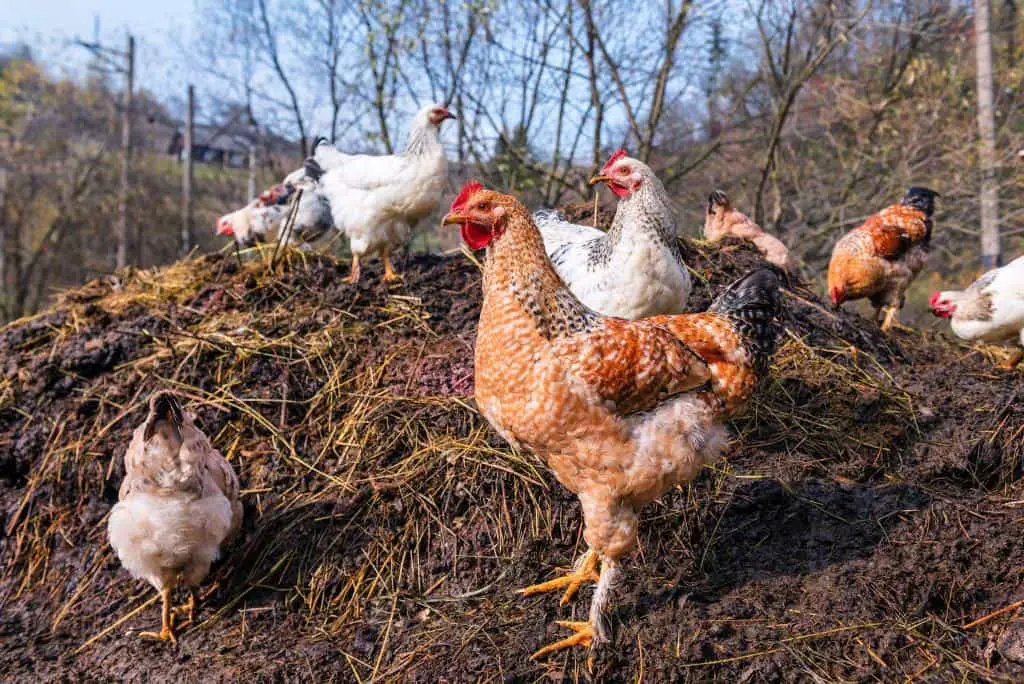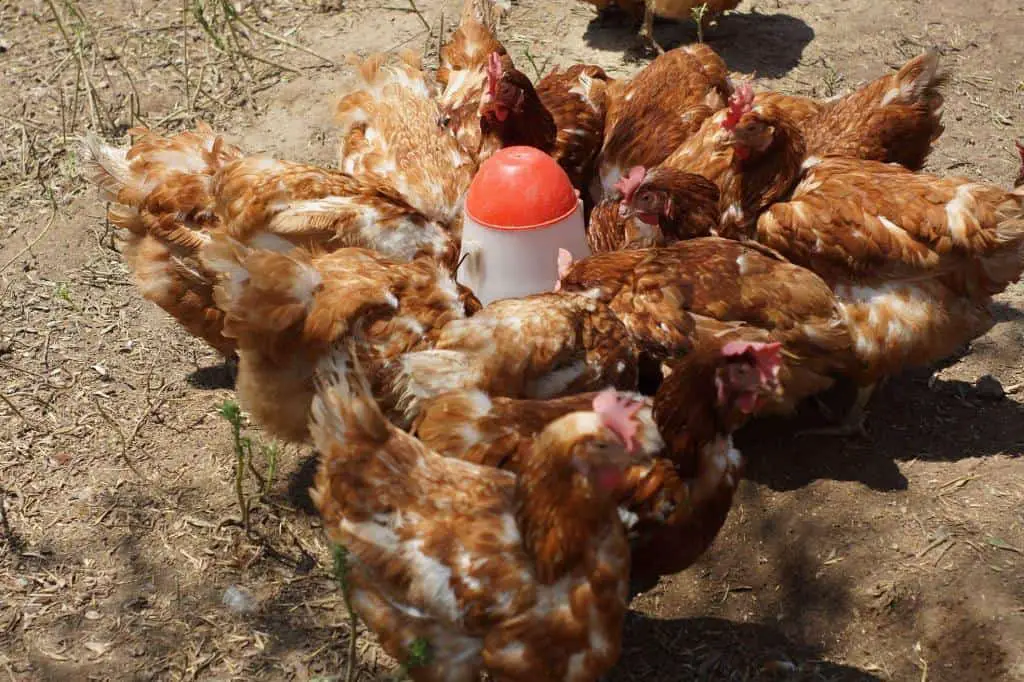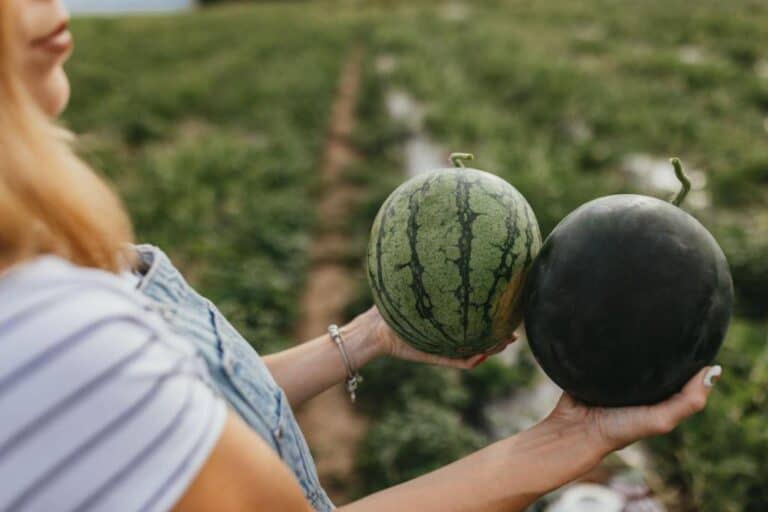What’s the Difference Between Organic Chicken and Non-GMO Chicken? (My No-Nonsense Guide)

I’ll be honest: walking through the grocery store these days feels like navigating a jungle without a map. Every label screams something new — organic, non-GMO, free-range, pasture-raised.
It’s enough to make a chicken-lover’s head spin.
Not long ago, I stood frozen in the poultry aisle, clutching a package of “Non-GMO Chicken” in one hand and “Organic Chicken” in the other, wondering if there was really a difference or if the labels were just fancy window dressing.
So I rolled up my sleeves, dug deep, and found out. Let’s break it down — no fluff, no marketing mumbo jumbo.
Organic Chicken: The Full Monty
When you buy organic chicken, you’re not just buying meat—you’re buying a lifestyle. Organic chickens live like pampered royalty compared to their industrial cousins. Here’s what organic really means:
- Organic Feed: They eat only organic grains and legumes — no GMOs, no synthetic pesticides, no fertilizers.
- No Antibiotics or Hormones: Ever. If a bird gets sick and needs antibiotics, it gets booted out of the organic program.
- Outdoor Access: These birds must have some space to strut their stuff outside, not just packed into a dark barn.
- Certified: Every inch of the process — from farm to fork — must meet strict USDA organic standards.
Basically, organic chickens live a life that’s closer to what nature intended, not penned up like sardines in a tin can.
Non-GMO Chicken: A Slice, Not the Whole Pie

Now, Non-GMO chicken wears a different hat. “Non-GMO” only refers to the feed the chickens eat — not their living conditions, antibiotic use, or anything else.
- Feed Without GMOs: They munch on grains that haven’t been genetically engineered.
- Antibiotics Allowed: Farmers can still give them antibiotics if they get sick — there’s no rule against it.
- Living Conditions? Meh: They might still be crowded in industrial barns without much sunlight or fresh air.
- Not Certified Organic: Non-GMO certification focuses purely on feed ingredients, not the entire farming practice.
In short: Non-GMO chickens may have eaten better, but they might not have lived better.
The Bottom Line: Key Differences at a Glance
Here’s a simple table that breaks it down, plain and simple:
| Feature | Organic Chicken | Non-GMO Chicken |
| Feed | Organic and Non-GMO | Non-GMO only |
| Antibiotics Allowed | No | Yes |
| Hormones Used | No (by law, no chicken has hormones) | No (same for all chicken) |
| Living Conditions | Must have outdoor access | No requirement |
| Certification | USDA Organic Certification | Non-GMO Project Verified (optional) |
| Pesticide Use in Feed | No synthetic pesticides | Pesticides may be used |
Why the Labels Matter (And Why They Sometimes Don’t)
I used to think buying Non-GMO was enough — after all, if the chicken didn’t munch on mutant corn, I figured I was golden.
But the truth? Labels only tell part of the story.
Think of it like ordering a sandwich: you can brag about having fresh lettuce (non-GMO feed), but if the meat’s been sitting out all day (poor living conditions), it’s still not great.
Organic aims for the whole package — the feed, the animal’s health, the environment — while Non-GMO focuses on just one piece of the puzzle.
Pros and Cons (Because Life’s Full of Trade-Offs)
To help you cut through the noise, here’s a quick list of the good, the bad, and the “huh?” moments for each option:
Organic Chicken
Pros:
- Fewer chemicals in your food chain.
- Better living conditions for the birds.
- Environmentally friendly practices.
Cons:
- Higher price tag (sometimes a jaw-dropper).
- Limited availability, depending where you live.
Non-GMO Chicken
Pros:
- Slightly cheaper than organic.
- Avoids genetically modified feed.
- Widely available.
Cons:
- No guarantee on living conditions.
- Antibiotics still part of the picture.
My Take: Which One Ends Up in My Cart?
If money grew on trees, I’d toss organic chicken into my shopping cart every single time.
There’s something comforting about knowing that the bird on my plate lived a decent life and didn’t nibble on chemically treated Franken-crops.
However, the harsh reality is that organic prices can sometimes be prohibitive.
When my budget’s tighter than a drum, I’ll settle for Non-GMO — but I read the fine print. I search for additional labels such as “antibiotic-free” or “humanely raised” to increase my chances of success.
Here’s my personal cheat sheet:
| Situation | What I Buy |
| Hosting a dinner party | Organic Chicken |
| Tight budget, weekday dinner | Non-GMO + “Antibiotic-Free” labels |
| Quick grab on the road | Whatever looks least suspicious 😅 |
Don’t Be Fooled: Greenwashing Happens
Let’s talk turkey (or, well, chicken): not all marketing claims wear a halo.
Brands slap labels on packages faster than a rooster chasing a hen. Terms like “natural,” “farm-raised,” and “free-range chicken” sound sweet but often mean next to nothing.
Natural? All chicken is technically natural — it’s not like it’s made of plastic.
Farm-raised? Every chicken is farm-raised. Even the sad ones crammed in massive warehouses.
If you want the real deal, look for certifications — USDA Organic, Non-GMO Project Verified, or Animal Welfare Approved.
What Is All-Natural Chicken?
When you see “all-natural chicken” stamped on a package, it sounds comforting — but it’s not as special as it seems. According to the USDA, “natural” simply means the chicken contains no artificial ingredients or added colors and has been minimally processed. That’s it. It doesn’t guarantee anything about how the bird was raised, what it ate, or whether it lived happily on a sunny farm.
Here’s what “all-natural chicken” typically means:
- No artificial flavors, colors, or preservatives
- Minimal processing, such as simple cutting or packaging
- No guarantee about antibiotics, feed quality, or living conditions
To make it even easier to see, here’s a quick breakdown:
| Label | What It Means | What It Doesn’t Mean |
| All-Natural Chicken | No additives or coloring | No promises about antibiotics or animal welfare |
Bottom line: “All-natural” sounds nice, but it’s mostly about how the meat is handled after slaughter — not how the chicken lived.
Final Thoughts: Trust Your Gut (And Your Grocery List)
Ultimately, your decision to choose between organic and non-GMO chicken hinges on your personal priorities:
- Health?
- Animal welfare?
- Budget?
For me, it involves striking a balance. Some weeks, I’ll splurge and grab the organic bird like a prize at a fair. Other times, I settle for non-GMO and make peace with it.
Either way, I remind myself: every bite is a choice, and even small choices stack up over time.
So next time you’re standing under the flickering lights of the meat aisle, holding two packages and wondering which way to go, remember — you’ve got the map now. Trust your intuition, consider your values, and purchase the chicken that resonates with you.
And hey, if you ever find a chicken that labels itself “Zen Master,” let me know. That’s a bird I’d really pay extra for. 🐔✨






